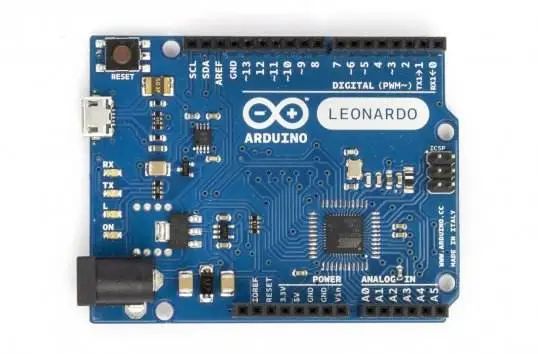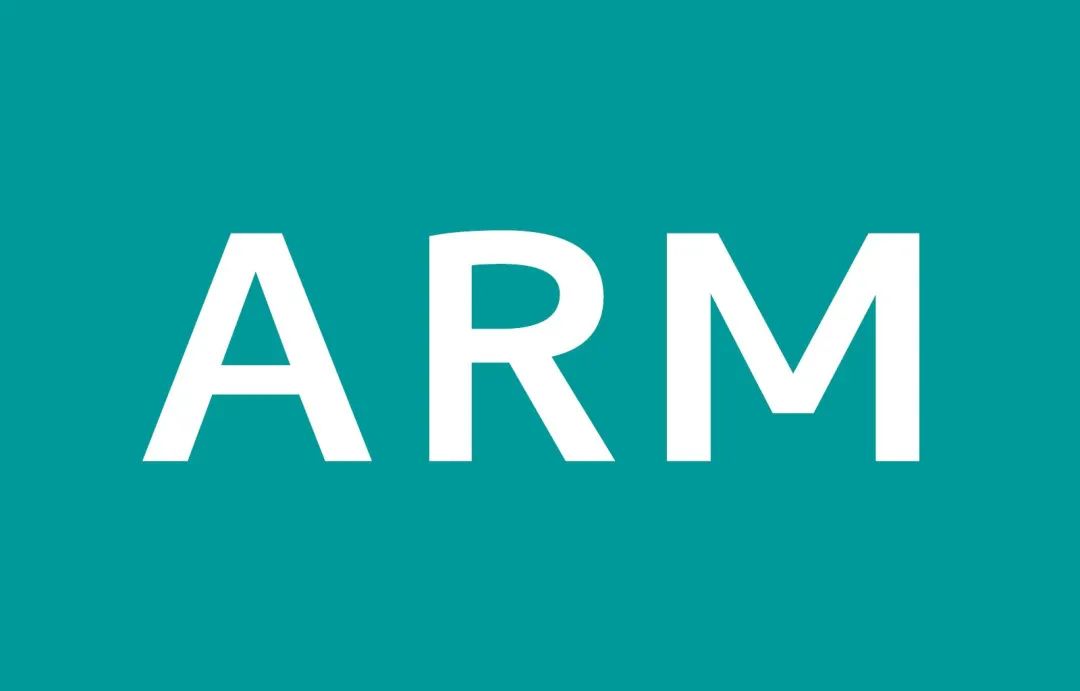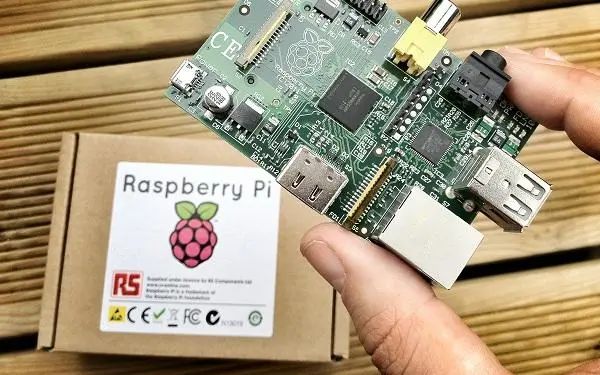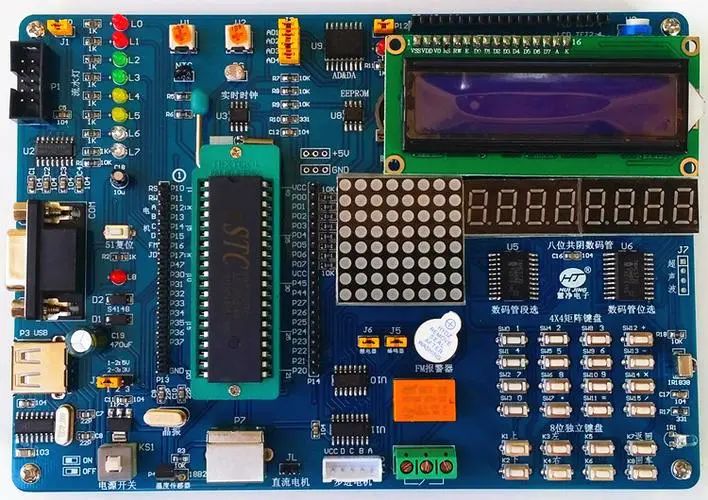Follow the Embedded Learning Station for fresh updates every day!

🤟Tip: This article contains 1683 words and is expected to take about 6 minutes to read.
Many beginners are confused about the differences between Arduino, ARM, Raspberry Pi, and microcontrollers. All four belong to the realm of embedded technology, which involves a vast knowledge system.
In fact, comparing these four is fundamentally a mistake. Today, I will clarify these four technical terms for everyone!
Microcontrollers come in many brands and models, and Arduino is a type of microcontroller. It is a convenient, flexible, open-source electronic prototyping platform that includes hardware (various models of Arduino boards) and software (Arduino IDE).
Simply put:
Arduino is a development tool and method, not a chip or a circuit board. It supports the development of many types of processor chips and has numerous libraries. The software and hardware development approach is very much like building with blocks, making application development simple, convenient, and fast.
The Arduino SDK has many ready-made library functions for hardware control. This means you don’t have to operate the registers directly, allowing those without a solid microcontroller foundation to use Arduino to create what they want.
Developers can easily use the features of the AVR chip by calling library functions, and implement different hardware controls through various programs, such as controlling lights, relays, motors, buzzers, etc., without needing to refer to the chip’s datasheet to configure registers for chip functionalities like in traditional microcontroller development.
Although developing electronic products with Arduino is highly efficient, actual products rarely use it because real products have specific requirements regarding cost, size, performance, and power consumption.
Arduino is generally used to help you learn and improve your C language skills; through this platform, you can quickly understand how C language controls hardware. Therefore, if you are pursuing a Linux software direction, starting with Arduino is quite suitable.
ARM is actually the abbreviation of a British company name (Advanced RISC Machines), and ARM is also a type of chip core technology. ARM series processors are 32-bit or 64-bit RISC processors, they are chips, not software, and are very popular chips.
Microcontrollers generally have cores, such as the 51 core designed by Intel, mainly targeting some electronic products that require simple control and computation.

There are also ARM cores, mainly targeting electronic products that require complex computation and control.
The AVR microcontroller used in Arduino is right between the two, more powerful than the 51 core but less capable than the ARM core.
A pure core cannot be directly applied to products; it requires secondary development. Therefore, ARM typically sells this core technology to semiconductor companies for further design.
Many companies, such as Samsung and Apple, purchase licenses from ARM to develop their unique microcontrollers (MCUs) and central processing units (CPUs).
The Raspberry Pi was developed by the Raspberry Pi Foundation, a charity registered in the UK, with Eben Upton as the project leader. In March 2012, Eben Upton officially launched the world’s smallest desktop computer, also known as a credit card-sized computer, which has all the basic functions of a computer. This is the Raspberry Pi board.
The Raspberry Pi is somewhat similar to Arduino; it is not a specific chip but an integrated circuit board.

This means it integrates most of the components found in your computer case into a single circuit board, and when connected to a monitor, mouse, and keyboard, it functions similarly to your computer, differing mainly in the operating system, which is based on Linux.
The performance of the Raspberry Pi is significantly stronger than that of Arduino; the Raspberry Pi uses an ARM core processor and can be used like a mini-computer when connected to a mouse and keyboard.
However, while computers typically run Windows, the Raspberry Pi mostly runs Linux.
Many who want to learn Linux or pursue a career in embedded software development use the Raspberry Pi platform for their studies.
Microcontrollers (MCUs) are integrated circuit chips that use large-scale integration technology to integrate a central processing unit (CPU), random access memory (RAM), read-only memory (ROM), various I/O ports, and interrupt systems, timers/counters, etc., into a single silicon chip, forming a compact and complete microcomputer system widely used in industrial control. Since the 1980s, microcontrollers have evolved from 4-bit and 8-bit to the current 300M high-speed microcontrollers.

Microcontrollers require secondary development of circuits and programs to realize complete electronic product functionalities. The job roles in this field include: Microcontroller Engineer, STM32 Engineer, Embedded Engineer.
The knowledge system to learn is extensive, generally encompassing three foundational areas: basic circuits, C language, and microcontrollers (51, STM32).
If you want to learn about microcontrollers, long press to recognize the QR code below
To receive embedded IoT microcontroller learning materials!




